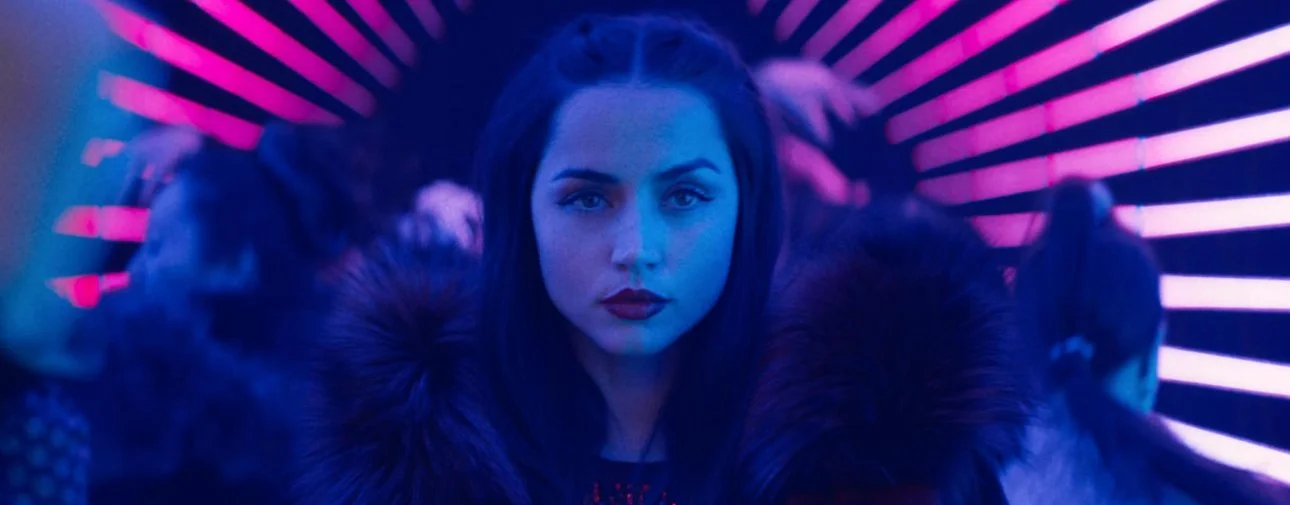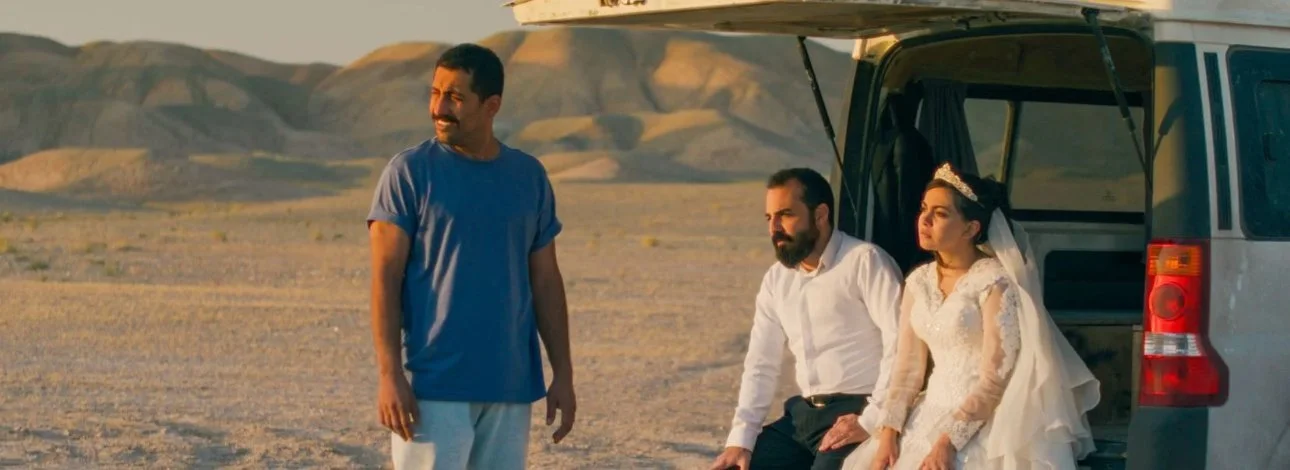Back in 2020, as the COVID-19 virus began spreading from mainland China to other countries around the world, Steven Soderbergh’s 2011 thriller “Contagion” went viral, gaining a renewed and unsettling relevance.
According to Warner Bros., the film—written by Scott Z. Burns—was ranked No. 270 among its catalog titles at the start of 2020. But by February, it had become their most-watched title. By March, “Contagion” was the seventh most popular film on iTunes, with average daily visits to piracy websites increasing by 5,000%.
Talk of a sequel has intensified in recent years, with even Soderbergh admitting, this past January, that he and Burns have developed a “terrifying” idea for the next film. By all accounts, it sounds like Soderbergh and Burns are dead-serious about making a sequel, albeit one that significantly distances itself from COVID-19.
Now, in a new Audible original series titled “What Could Go Wrong?”, Burns explores whether AI could help craft a sequel to “Contagion.” Blending personal reflection, industry insight, and direct experimentation with AI tools, Burns examines how technology might aid—or disrupt—the creative process.
The idea for the series took root during the COVID-19 pandemic, when interest in “Contagion” resurged. Struggling with writer’s block, Burns turned to a generative AI chatbot named Lexter, programmed to act like a clever and enigmatic ex-film critic. When Burns asked Lexter to help imagine a sequel to “Contagion,” the response he received was unexpectedly compelling.
“Contagion” reunited Soderbergh with long-time screenwriting partner Scott Z. Burns for a thought-provoking and tense medical thriller that explored not only the serious nature of a worldwide pandemic but also the urgent response needed from the scientific community to find a vaccine. It was an undeniably frightening movie—especially when viewed through the lens of 2020.
The fictional virus featured in the film, MEV-1, also originated in Asia and was easily transmitted through touch. However, MEV-1 was far more lethal than COVID-19, killing 26 million people worldwide. The virus in “Contagion” was a perplexing one—resisting isolation, spreading like wildfire, and highly deadly. At the film’s end, Soderbergh includes a brief explanation of where the virus may have originated, showing the very few degrees of separation between its source and “patient zero,” portrayed by Gwyneth Paltrow.
Much like he did in “Traffic,” Soderbergh skillfully told the story through a mosaic of characters, their lives interwoven through professional and casual interactions. The way Soderbergh and Burns depicted the global reactions of scientists, citizens, conspiracy-driven bloggers, and politicians alike made “Contagion” feel eerily similar to the real-world events of 2020.





